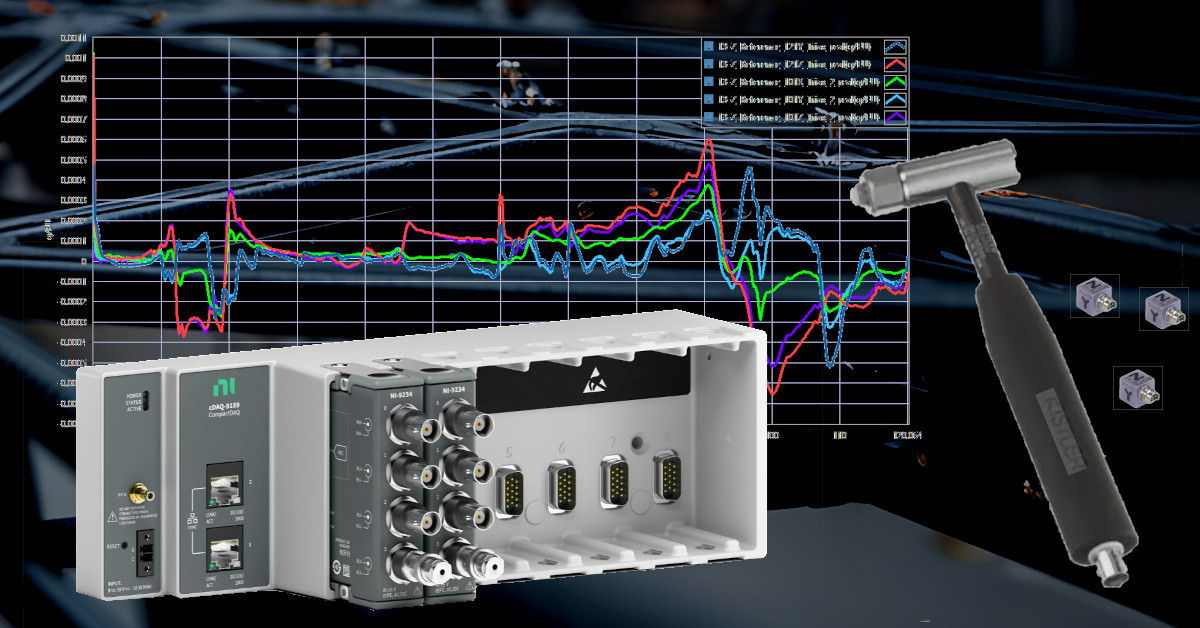
Free Engineering Guide: How to Perform Experimental Modal Analysis for Better Structural Insight
A Valuable Resource for Engineers Working in Testing, Measurement, and Design Validation
Understanding how structures vibrate—and why—is essential across nearly every engineering discipline. Whether you’re working on rotating machinery, industrial equipment, robotics, medical devices, heavy vehicles, consumer products, or building-scale installations, experimental modal analysis (EMA) provides the insight needed to predict performance, improve reliability, and validate designs.
That’s why we’re excited to highlight a new resource from our strategic partner 6D Testing & Analysis (6D): “An Engineer’s Guide to Experimental Modal Analysis”
Download the guide here → https://sixdtest.com/an-engineers-guide-to-experimental-modal-analysis/
(Note: Email signup is required.)
This guide is written for engineers at all levels who need a practical, accessible reference on modal testing fundamentals and real-world best practices.
What the Guide Covers
6D’s guide provides a step-by-step overview of the modal analysis process, including:
- What modal analysis is and why it matters
- Key concepts such as natural frequency, mode shape, and damping
- Differences between impact hammer and shaker excitation
- Best practices for sensor and accelerometer placement
- Tips for ensuring measurement quality and coherence
- Curve fitting, modal parameter extraction, and interpretation
- How modal results are used for design validation and correlation to FEA
The guide blends engineering theory with field-proven techniques, making it useful across industries—from manufacturing and automotive to aerospace, research labs, and civil structures.
How ITM Uses Modal Testing Across Industries
At Integrated Test & Measurement, we regularly incorporate modal analysis into structural testing and design-validation programs. Our customers rely on modal data to:
- Correlate and validate finite element (FEA) models
- Detect resonances that could impact durability or noise
- Improve stiffness, rigidity, and vibration performance
- Troubleshoot unexpected dynamic behavior in prototypes
- Inform design decisions before scaling up to production
ITM supports these efforts with comprehensive instrumentation and test services, including:
- On-site strain gauge installation and measurements
- Wireless strain monitoring for applications where cables are impractical
- High-channel DAQ rental systems and rugged field hardware
- Custom LabVIEW® applications for acquisition and analysis
- Field and lab-based experimental modal analysis
- Long-term vibration monitoring and design validation support
Whether you’re evaluating a machine frame, refining a structural prototype, or trying to understand dynamic behavior in a complex assembly, modal analysis helps uncover the root of the problem—and ITM provides the tools and expertise to help you act on those insights.
Who Should Download This Guide?
This guide is ideal for:
- Mechanical, structural, test, and R&D engineers
- Product development and prototyping teams
- Reliability and durability specialists
- Engineering students or new hires learning structural dynamics
- Anyone planning, conducting, or interpreting a modal test
If your work involves vibration, fatigue, FEA correlation, troubleshooting, or design optimization, this guide will be immediately useful.
Get the Guide
You can download “An Engineer’s Guide to Experimental Modal Analysis” at the link below:
https://sixdtest.com/an-engineers-guide-to-experimental-modal-analysis/
(Email signup required.)
Need Help Applying These Concepts?
If you’re preparing for a modal test—or want help applying the techniques from the guide to your machinery, structure, or product—our team at ITM is here to support every step, from instrumentation and data collection to analysis and reporting.




